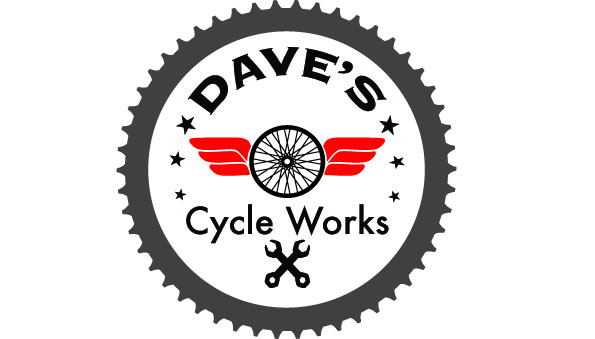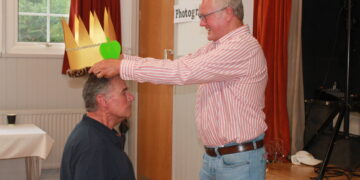When it comes to gears. There are hundreds of ratios to choose from. Which is right for you? That’s question.
Modern road bikes are equipped with 10, 11 or 12 gears on the rear cassette. These usually range from 11 teeth as your highest, and 28 teeth as your lowest gear.
It gives a good spread of gears for most situations.
But ratios can be changed depending on riding or the type of terrain.
Eg: if you’re in a flat area, with few hills, then consider dropping the lowest gear to a 25 tooth sprocket.
You will keep the number of gears that you have, but you’ll be able to find a gear that suits your pedalling. It’s the same way time trialists change their gearing, so that they’re able to keep ‘on top’ of the gear at all times.
If you find yourself running out of gears when climbing, or you’re heading to the mountains for a cycling holiday. Then it would be worth having a larger sprocket as your lowest gear ratio. This helps you to keep turning the pedals as the gradient gets steeper.
A word of caution though.
Modern road bike systems are only capable of a 30t maximum sprocket. If you want to go to 32t or 34t, then you’ll need to ensure that your rear derailleur is compatible. It may need to be changed at the same time.
You can also change the number of teeth the front chainset.
There are generally three ratios up front.
The first is called compact and has 34 teeth on the smaller chainring, and 50 teeth on the larger.
This is ideal for climbs, and works well with larger ratios on the rear.
Then you have the traditional size, which has 39 teeth and 53 teeth.
This is much larger, and is great for gaining speed on those fast roads.
Finally, the newest combination is called semi compact, with 36 teeth and 52 teeth. It’s a great all rounder, to use with a 30 tooth cassette without changing anything else.
It gives you a combination to get you up all but the steepest hill. And the 52 tooth large chainring, will help maximise your speed too.
If you’re thinking of changing your gears. Or if your current gears are in need of replacement, and you’re not sure what to replace them with.
Get in touch, and I’ll guide you through the process, to make sure your bike is perfectly set up for you and your riding.


















































